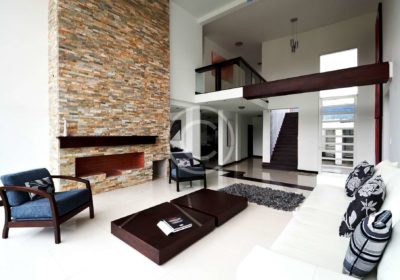More Information
- Customer: adminst
- Categories: 2 Columns, 2 Columns + sidebar, 3 Columns, 3 Columns + sidebar, 4 Columns, Portfolio Masonry
- Tags: Basement, Driveway
- Date post: December 12, 2014
A a housing code, or a building code, or building control, is a set of rules that specify the minimum standards for constructed objects such as buildings and nonbuilding structures. The main purpose of building codes are to protect public health, safety and general welfare as they relate to the construction and occupancy of buildings and structures. The building code becomes law of a particular jurisdiction when formally enacted by the appropriate governmental or private authority.
Building codes are generally intended to be applied by architects, engineers, constructors and regulators but are also used for various purposes by safety inspectors, environmental scientists, real estate developers, subcontractors, manufacturers of building products and materials, insurance companies, facility managers, tenants, and others. Codes regulating the design and construction of structures where adopted into law. Codes in developed western nations can be quite complex and exhaustive. They began in ancient times and have been developing ever since. In the USA the main codes are the International Commercial or Residential Code [ICC/IRC], electrical codes and plumbing, mechanical codes. Fifty states and the District of Columbia have adopted the I-Codes at the state or jurisdictional level. Other codes may include fire, health, transportation, manufacturing, and other regulations/regulators/testers such as UL; Underwriters Labs. In essence they are minimum standards of design and implementation. Designers use ICC/IRC standards out of substantial reference books during design. Building departments review plans submitted to them before construction, issue permits [or not] and inspectors verify compliance to these standards at the site during construction.
There are often additional codes or sections of the same building code that have more specific requirements that apply to dwellings or places of business and special construction objects such as canopies, signs, pedestrian walkways, parking lots, and radio and television antennas.




